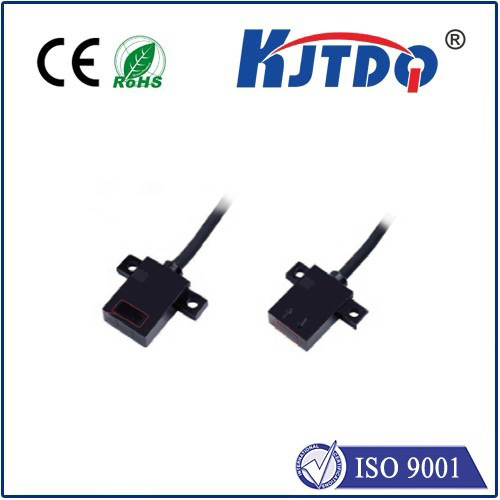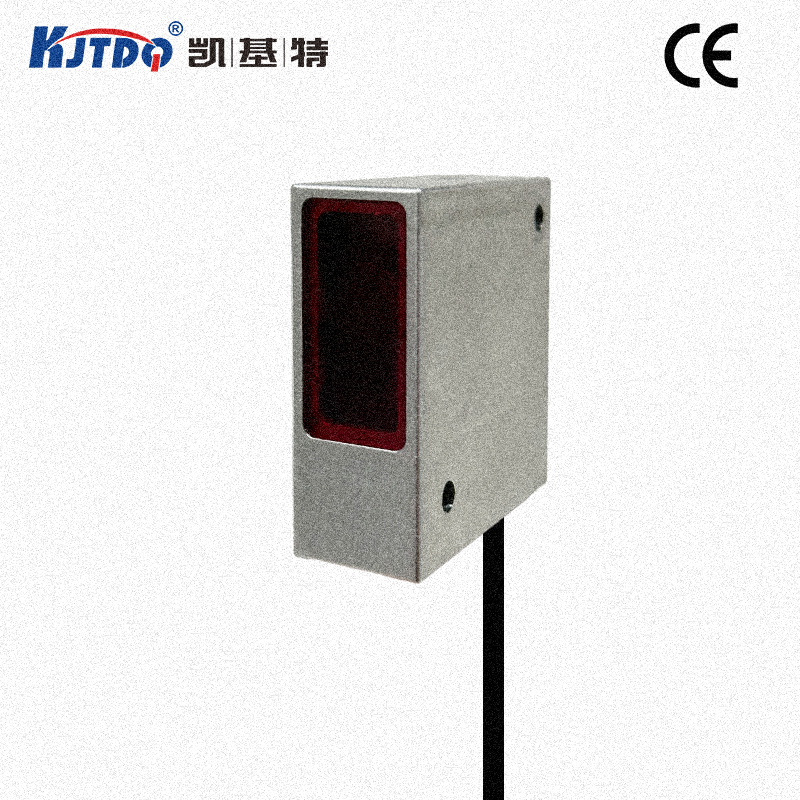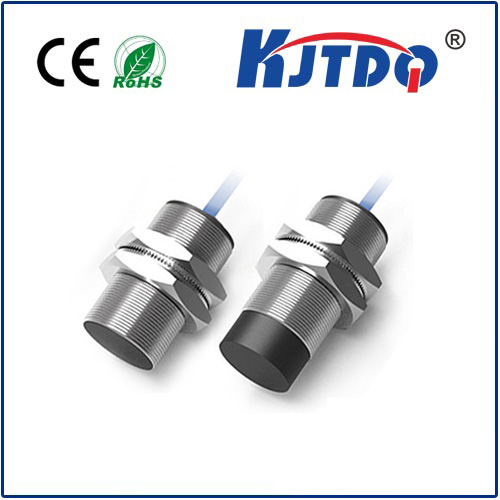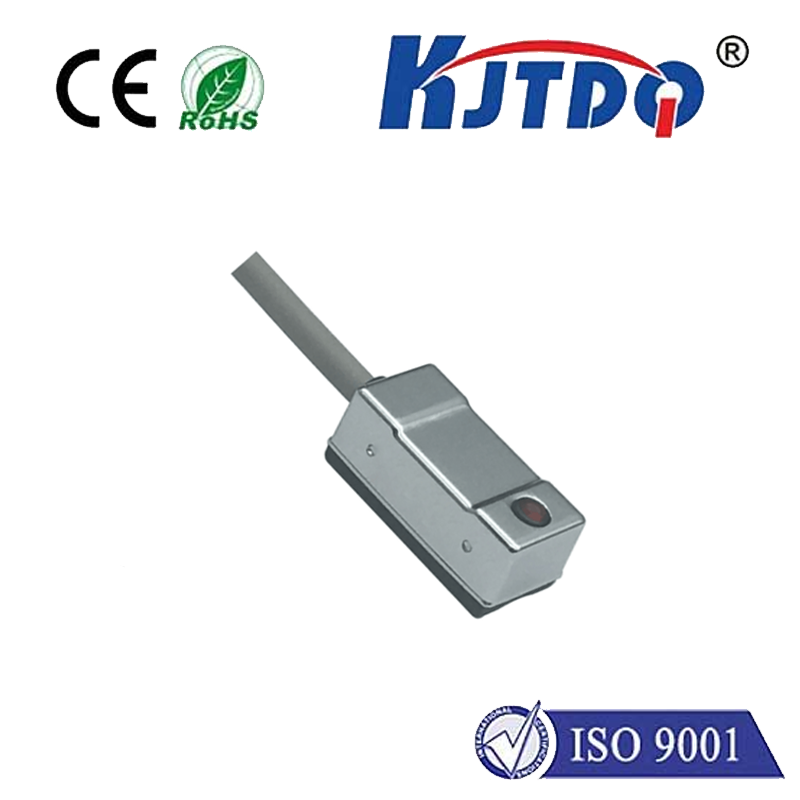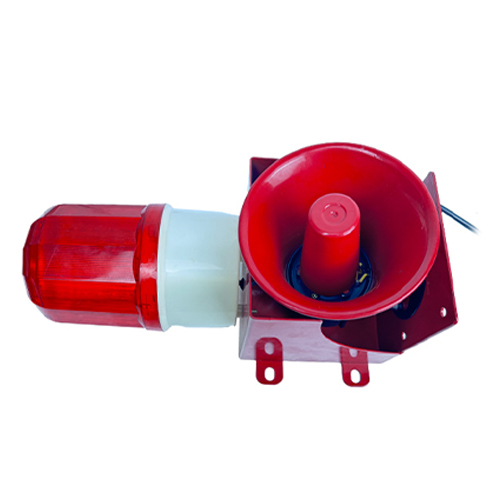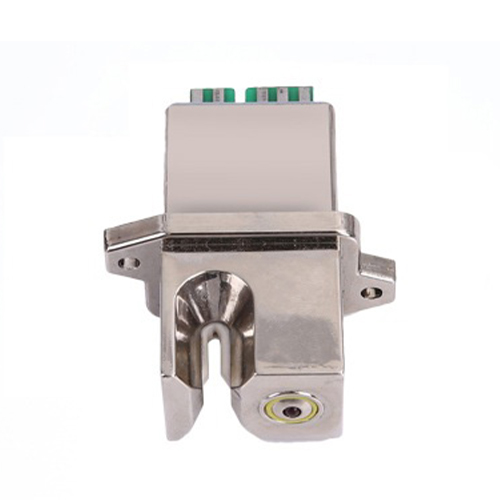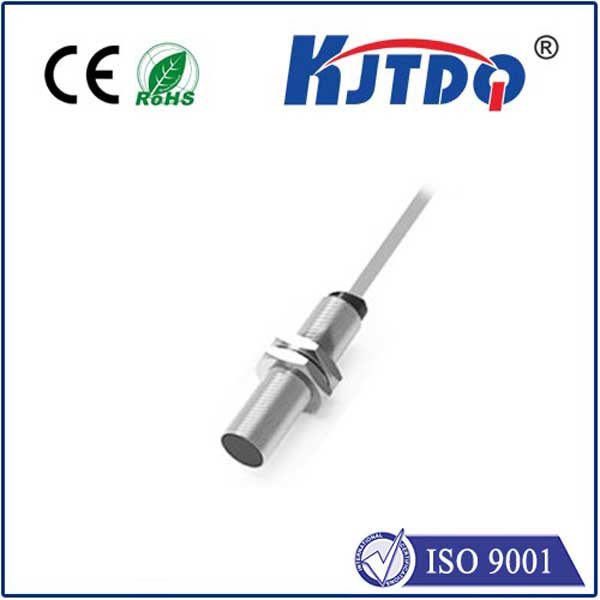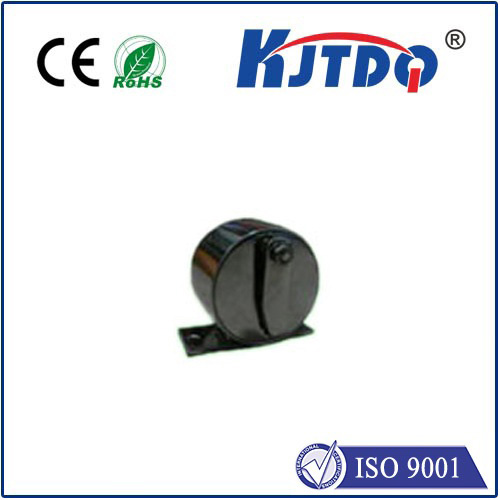

check

check

check

check

check

check

check

check

check

check
The world of electronics has been revolutionized by the development of PNP-no sensor technology. This groundbreaking innovation is changing the way we think about sensors and their applications, paving the way for a new era of electronic devices that are more efficient, powerful, and versatile than ever before. But what exactly is PNP-no sensor technology, and why is it so important?
At its core, PNP-no sensors are a type of integrated circuit (IC) that use passive components to detect and measure various physical parameters, such as temperature, light, humidity, and pressure. Unlike traditional sensors that rely on active elements such as resistors, capacitors, or transistors to perform sensing functions, PNP-no sensors utilize a complex network of passive components that can detect and respond to a wide range of environmental signals with incredible precision and accuracy.
One of the most significant advantages of PNP-no sensors is their simplicity and low cost. Because they don't require any moving parts or complex wiring, they can be easily integrated into a variety of electronic systems, from consumer devices like thermostats and smoke detectors to industrial automation systems used in manufacturing and logistics. Moreover, because PNP-no sensors are inherently stable and reliable, they can operate continuously for long periods without requiring maintenance or replacement.
However, the true power of PNP-no sensors lies in their versatility and adaptability. By using a combination of different types of passive components, PNP-no sensors can detect a wide range of environmental signals, from magnetic fields to electromagnetic waves, making them ideal for applications in fields such as healthcare, aerospace, and defense. For example, PNP-no sensors can be used to monitor vital signs in hospitals, track the movement of spacecraft through space, or detect enemy missiles during military conflicts.
Of course, there are still many challenges that need to be overcome before PNP-no sensor technology can reach its full potential. One of the biggest obstacles is the need for better materials and design techniques to improve the sensitivity and specificity of these sensors. Additionally, there is a need for more sophisticated algorithms and software to interpret the data obtained by these sensors and make accurate predictions about future events.
Despite these challenges, however, the future looks bright for PNP-no sensor technology. As scientists and engineers continue to refine this technology and explore new applications, we can expect to see an increase in the number of innovative products and services that are powered by PNP-no sensors. From smart homes and cities to advanced medical devices and unmanned vehicles, the possibilities are endless.
In conclusion, PNP-no sensor technology represents a major breakthrough in the field of electronics, offering unprecedented flexibility, accuracy, and affordability. With continued research and development, this technology has the potential to transform countless industries and improve our lives in countless ways. So if you're interested in cutting-edge technology and the future of electronics, look no further than PNP-no sensors - the next frontier is just around the corner!

